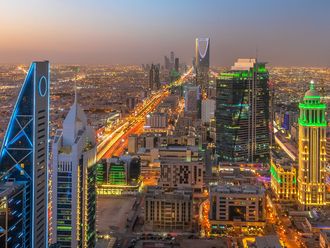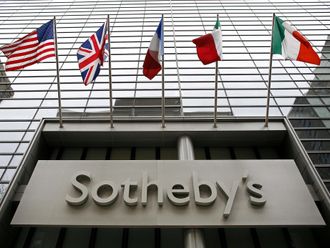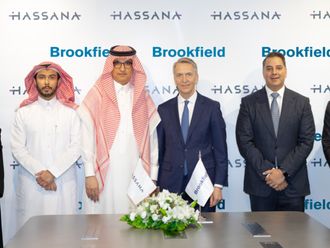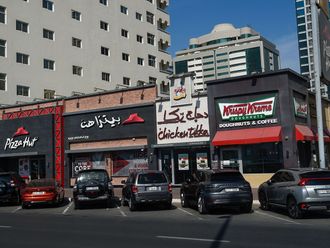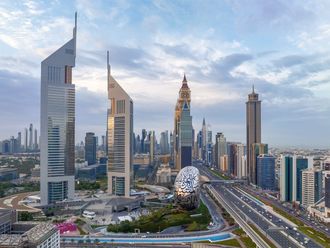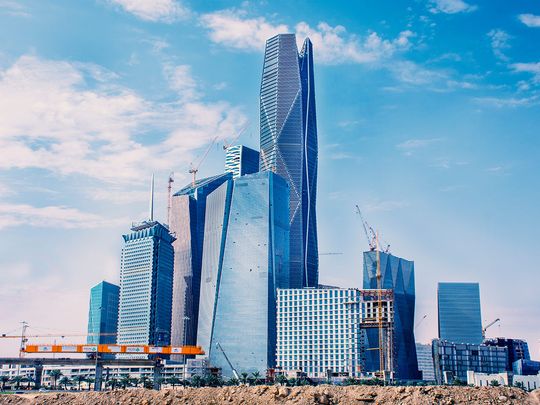
Highlights
- Saudi Arabia achieves historic milestone in 2023 with record balance of payments surplus
- Saudi Arabia's tourism sector records historic balance of payments surplus in 2023
- International tourists' spending in Saudi hits SR 135 billion, marking robust growth
Dubai: Saudi Arabia's tourism sector has marked a historic achievement in 2023, recording the largest balance of payments surplus in its history, as the country continues to develop this key sector and diversify its income sources.
The Financial Analysis Unit of "Al Eqtisadiyah" newspaper reports that the travel item of the Saudi balance of payments saw an unprecedented surplus of 48 billion riyals last year, fueled by a significant influx of international tourists.
The spending by international tourists reached around SR 135 billion, indicating a robust growth of 42.8 per cent compared to 2022. This surge is part of a broader trend that has seen the travel item in the balance of payments achieve a surplus for the second consecutive year, a first since such records began in 2006. The surplus in 2023 alone grew by approximately 38 per cent.
In the first nine months of 2023, Saudi Arabia led G20 countries in the growth rate of tourist arrivals, ranking as the second fastest-growing tourist destination globally.
Since the launch of Vision 2030 in 2016, the total spending by tourists from abroad has amounted to about 459 billion riyals, significantly surpassing the total spending of the previous decade (2006-2015), which was SR267 billion.
Efforts to streamline and enhance the visa process have also contributed to this success. The Ministry of Foreign Affairs introduced the unified national visa platform, KSA VISA, linking over 30 ministries, authorities, and sectors in the private domain to simplify visa procedures for various categories, including Hajj, Umrah, business, tourism, and work visas, aligning with the Kingdom's national objectives.
Conversely, the spending of Saudi travelers abroad during the last year amounted to about 87 billion riyals, marking an annual increase of 46 per cent and reaching the highest level of spending since 2014.



